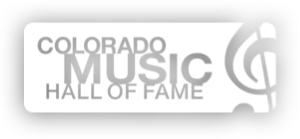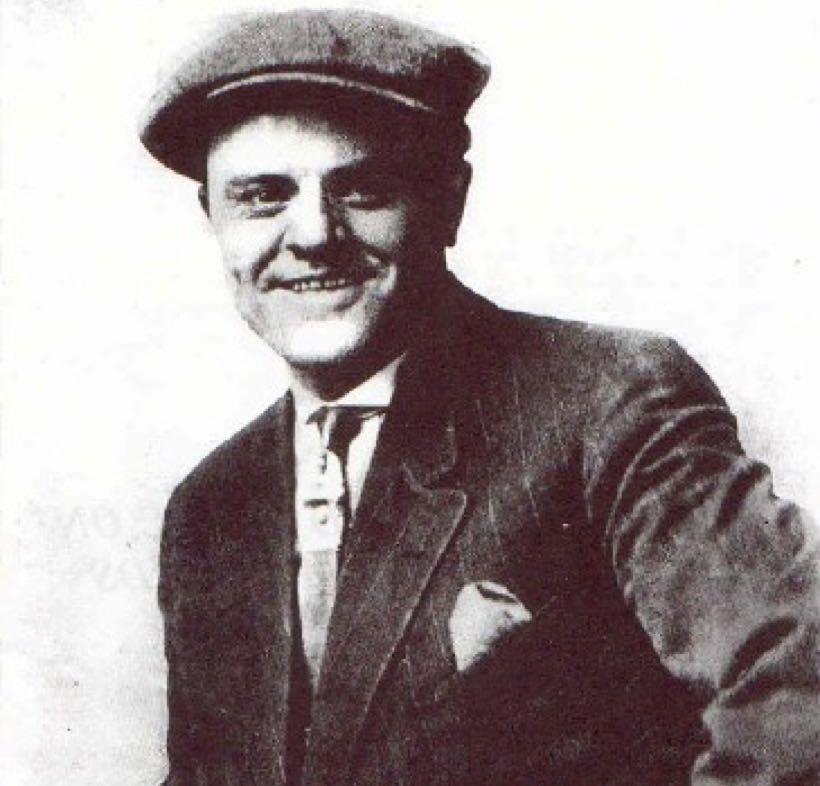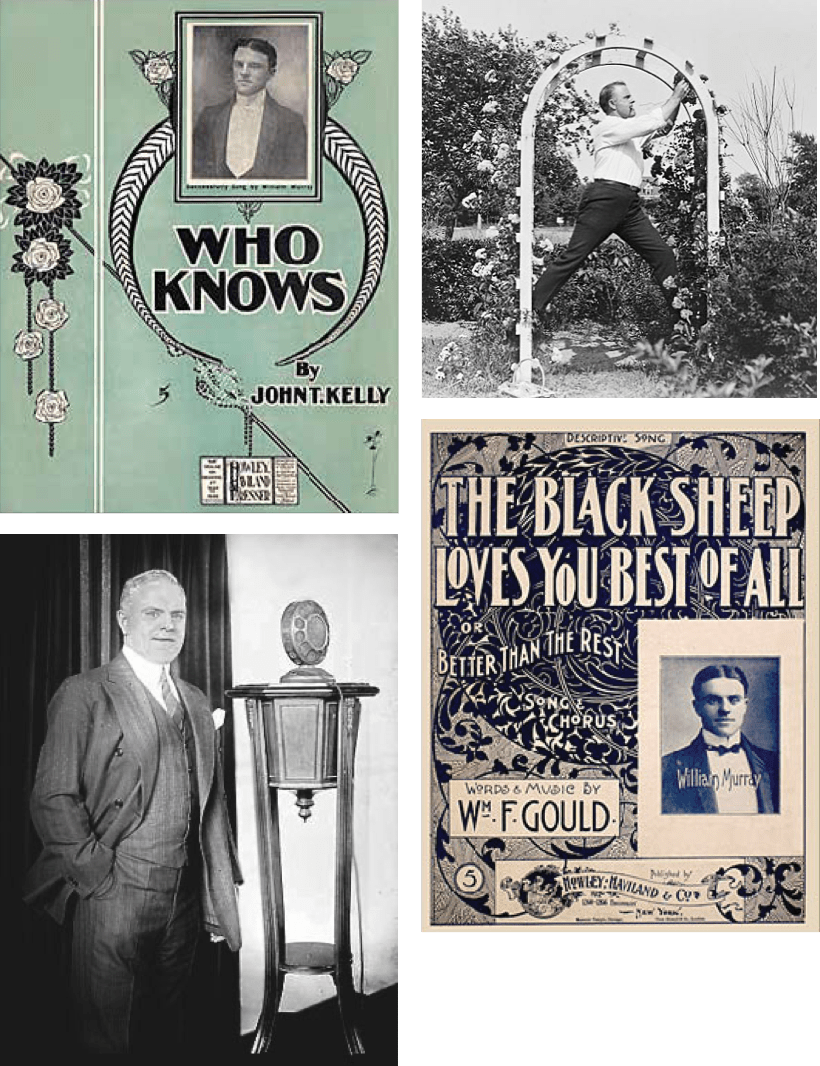He spent the next decade honing his skills in a succession of minstrel shows and small-time vaudeville venues. Murray joined the Al G. Field Minstrels around the turn of the century, and it was there the title performer gave Murray the nickname “Billy,” since it sounded more like a comedian’s name.
Murray found his way to New York, where he would achieve success in the rapidly emerging field of phonography. His first recordings were made in 1897 with partner Matt Keefe. In 1903, he secured an engagement with Thomas Edison’s National Phonograph Company, and his solo recordings, released and marketed nationwide, became immediate hits. Murray did not have an exclusive contract with Edison, freelancing his voice to several major recording companies including Columbia and Victor. Often, he recorded the same songs for each label. Murray’s ability to sing loudly, in full voice, was suited for making precise, vibrant records during the acoustic era of sound process, which employed recording horns rather than the electronic microphone. He was soon dubbed “the Denver Nightingale.”




